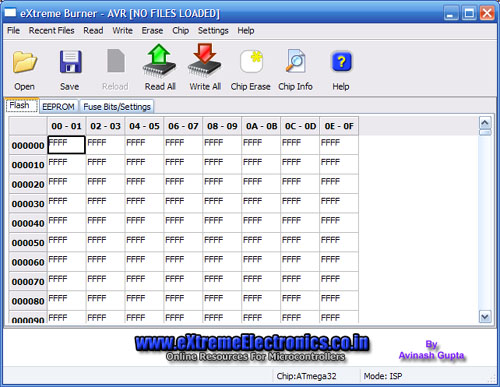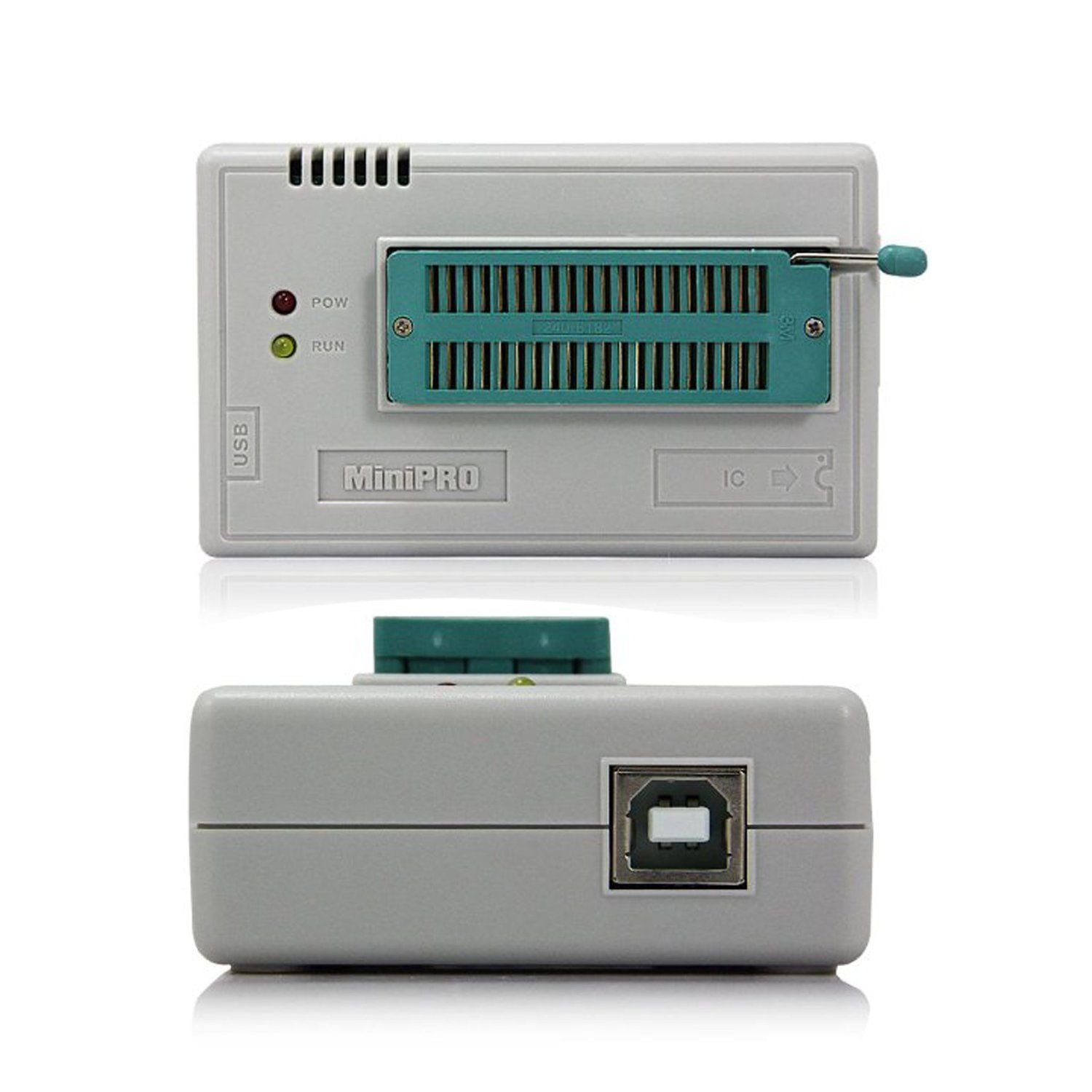

Note that this figure is schematic only the actual content and order of data put on the stack depends on the architecture of the CPU being used.

(Pointers can get around this, but it is generally a bad idea to do so.) This design makes recursion possible because each nested call to a function gets its own copy of local variables and parameters.įigure 2-1 illustrates the organization of the stack. At any given point in execution, an application can only directly access the data in the topmost stack frame. Each time a function returns, the top stack frame is removed. The exact content and order of data on the stack depends on the operating system and CPU architecture.Įach time a function is called, a new stack frame is added to the top of the stack. Depending on compiler flags, it may also contain the address of the top of the next stack frame. This data typically includes the function’s parameters, the complete set of local variables within that function, and linkage information-that is, the address of the function call itself, where execution continues when the function returns). Each stack frame contains all data specific to a particular call to a particular function. The stack is divided into units called stack frames.

This stack contains storage for locally scoped data. In most operating systems, each application has a stack (and multithreaded applications have one stack per thread). These are described in more detail in the sections that follow. There are two basic categories of overflow: stack overflows and heap overflows.
#Minipro eeprom programmer buffer error fix code
For example:īuffer overflows in one operating system’s help system could be caused by maliciously prepared embedded images.Ī commonly-used media player failed to validate a specific type of audio files, allowing an attacker to execute arbitrary code by causing a buffer overflow with a carefully crafted audio file. Keep in mind that obvious forms of input, such as strings entered through dialog boxes, are not the only potential source of malicious input. See Elevating Privileges Safely for more information on this topic.
#Minipro eeprom programmer buffer error fix free
For this reason, even if you are confident that your code is free of buffer overflow problems, you should limit exposure by running with the least privileges possible. Because many programs link to C libraries, vulnerabilities in standard libraries can cause vulnerabilities even in programs written in “safe” languages. This can cause any number of problems from incorrect behavior to leaking data that is currently on the stack or heap.Īlthough most programming languages check input against storage to prevent buffer overflows and underflows, C, Objective-C, and C++ do not.

Similarly, when the input data is or appears to be shorter than the reserved space (due to erroneous assumptions, incorrect length values, or copying raw data as a C string), this is called a buffer underflow. If the overwritten data includes the address of other code to be executed and the user has done this deliberately, the user can point to malicious code that your program will then execute. If the memory overwritten contained data essential to the operation of the program, this overflow causes a bug that, being intermittent, might be very hard to find. When this happens, it is called a buffer overflow. When the input data is longer than will fit in the reserved space, if you do not truncate it, that data will overwrite other data in memory. For example, the input data might be longer than what you have reserved room for in memory. This chapter discusses coding practices that will avoid buffer overflow and underflow problems, lists tools you can use to detect buffer overflows, and provides samples illustrating safe code.Įvery time your program solicits input (whether from a user, from a file, over a network, or by some other means), there is a potential to receive inappropriate data. Next Previous Avoiding Buffer Overflows and Underflowsīuffer overflows, both on the stack and on the heap, are a major source of security vulnerabilities in C, Objective-C, and C++ code.


 0 kommentar(er)
0 kommentar(er)
